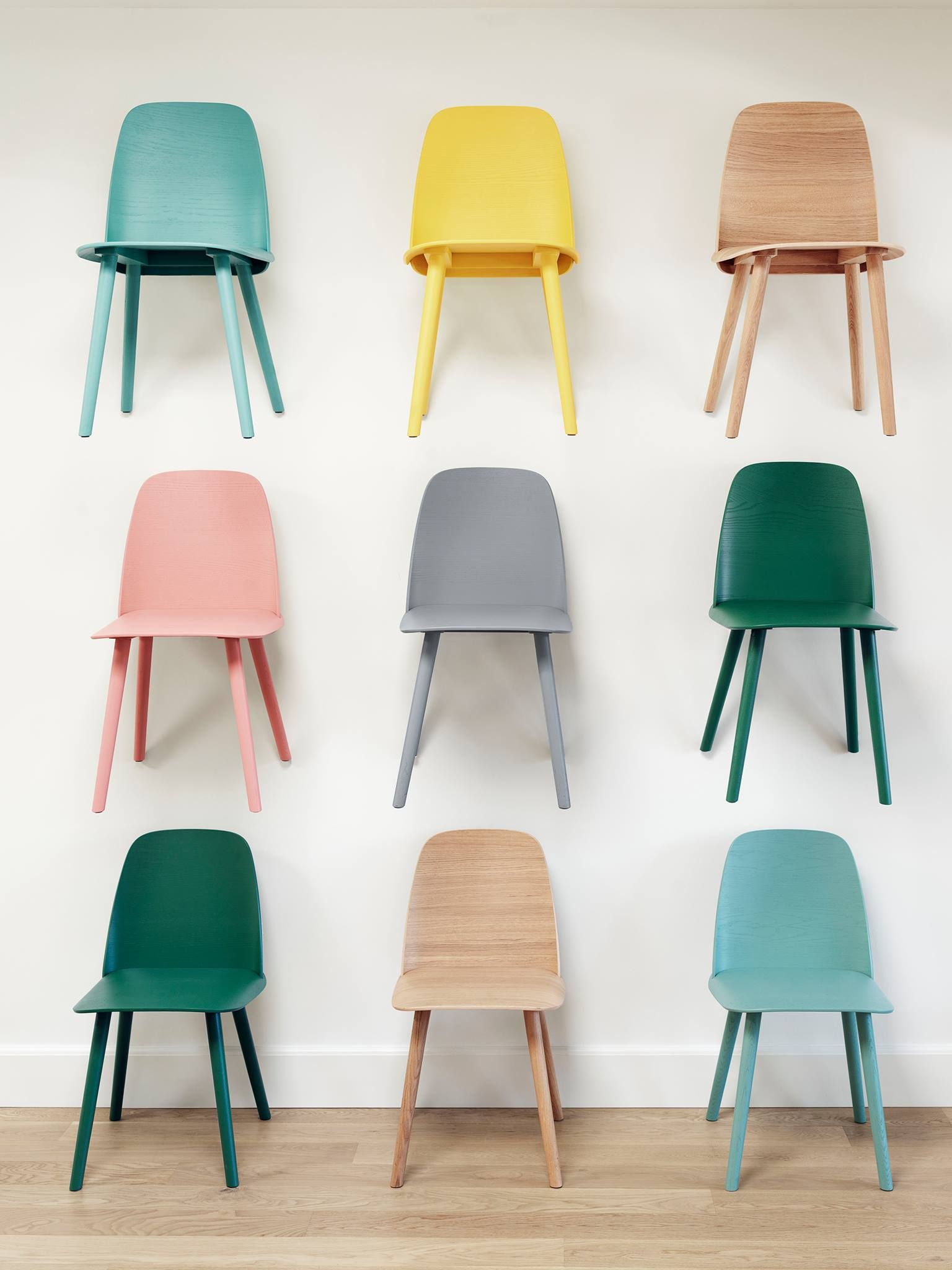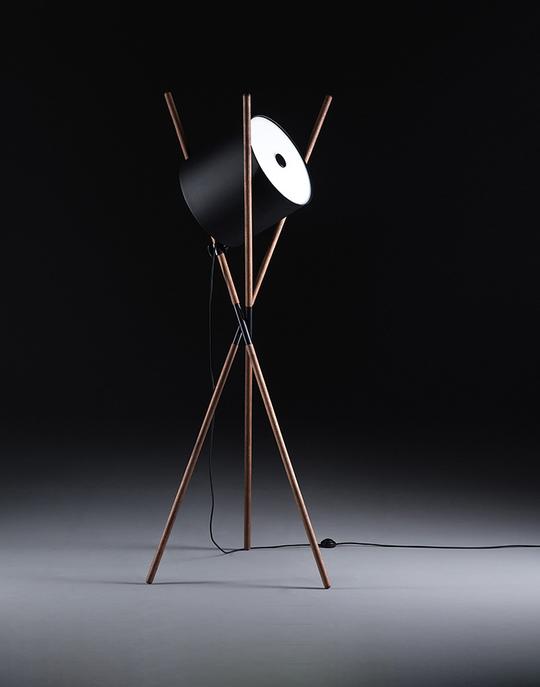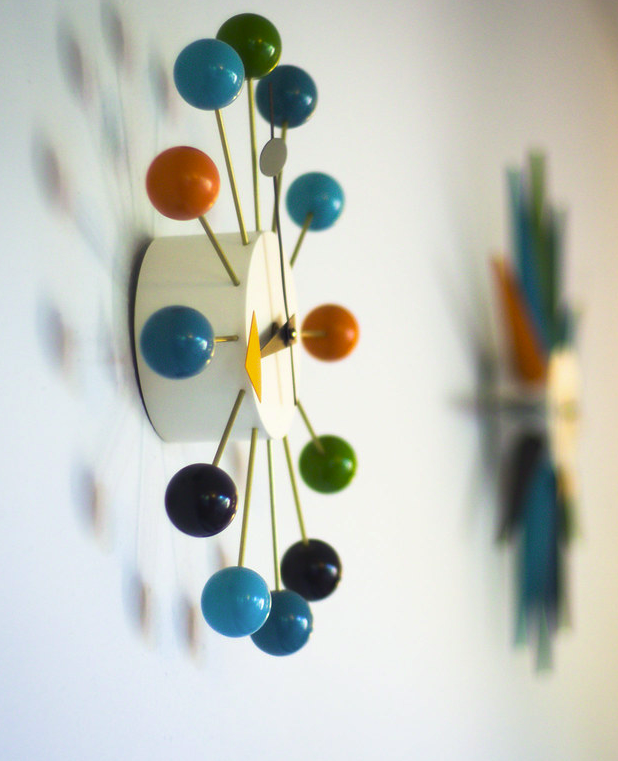In today’s fast-paced world, the way we design our living and working spaces is more than just a matter of style—it’s a crucial factor that influences our mood, behavior, and productivity. Our latest blog post delves into the art and science of room layout, revealing how strategic furniture arrangement and color choices can craft an atmosphere that elevates mood and sharpens focus.
The Essence of Spatial Psychology
Spatial psychology examines the profound connection between our surroundings and our mental and emotional state. This field, intersecting psychology, architecture, and interior design, offers insights into crafting spaces that are not only visually appealing but also psychologically uplifting and efficiency-enhancing.
The Significance of Space
Our surroundings continuously interact with our senses, shaping our emotions and actions. A thoughtfully organized space can kindle creativity, alleviate stress, and foster productivity. Conversely, a cluttered environment can lead to the opposite effects, underlining the importance of mindful space planning.
How Layout Influences Mood and Productivity
The configuration of your environment plays a pivotal role in your emotional and professional efficacy. Here’s how:
- Open vs. Closed Spaces: Open plans boost interaction and creativity, ideal for teamwork, while closed setups offer the tranquility necessary for focused tasks.
- Strategic Furniture Placement: Aligning workstations with natural light sources and creating distinct zones for various activities can significantly enhance mood and productivity.
The Role of Color
The psychology of color is a powerful tool in setting a space’s tone. Different hues can evoke distinct feelings and behaviors, making color selection a key consideration in room design.
Furniture and Accessories: Beyond Aesthetics
The pieces you choose to furnish your space with hold the potential to impact your psychological well-being and work output. Ergonomic furniture, for instance, can improve posture and concentration, while personal touches and plant life can boost morale and air quality.
Lighting: A Key Mood Influencer
Light plays a crucial role in shaping a room’s ambiance. Maximizing natural light can enhance mood and efficiency, while adaptable artificial lighting can cater to various needs and activities throughout the day.
Managing Acoustics
Sound management is essential for maintaining a conducive mood and concentration level, with strategies ranging from soundproofing to using white noise machines to create a more focused environment.
Embracing Technology for Adaptive Spaces
Modern advancements enable the creation of spaces that adapt to our needs, with automated systems fine-tuning lighting, temperature, and more to suit different activities and times.
Conclusion: Crafting Your Ideal Environment
Grasping spatial psychology’s basics is the first step toward designing spaces that not only mirror your aesthetic preferences but also foster well-being and efficiency. By mindful of layout, color, furniture, lighting, and acoustics, you can transform your surroundings into a haven of productivity and tranquility.
Getting Started Tips
- Evaluate Your Needs: Reflect on your daily routines and what you require from your space.
- Begin with Small Changes: Implement minor adjustments and observe their impact on your mood and productivity.
Final Thoughts
Our environments are potent tools that mold our experiences and behaviors. Through thoughtful design and organization, we can create spaces that nurture our well-being and inspire our best work, making every day in our spaces a step towards enhanced quality of life.


